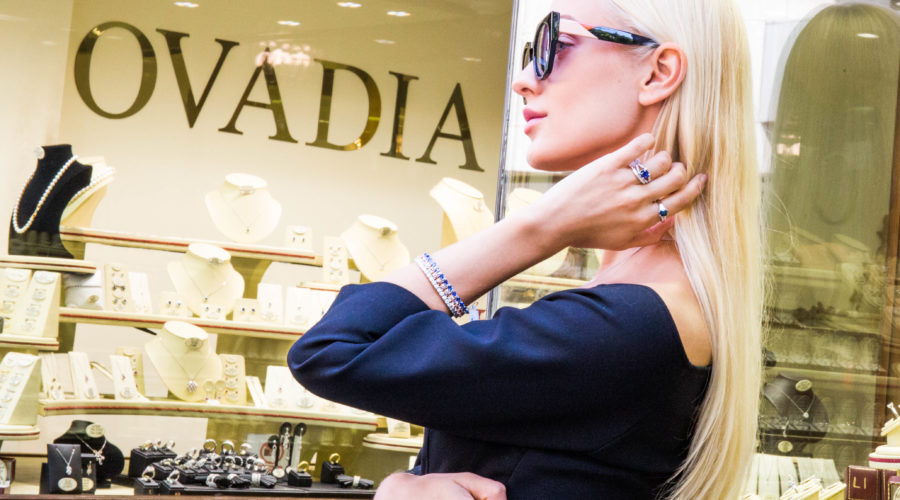London’s finest loose diamonds at Ovadia jewellery in Hatton Gardens
Buying loose diamonds in London can have many benefits. Firstly, you can create bespoke and custom pieces that are not available on the market. As well as allowing your imagination to come to life, buying a loose diamond allows you to better evaluate the diamond.
There are many places in London to buy loose diamonds and the best place to buy loose diamonds is at the Ovadia Jewellers in Hatton Garden.
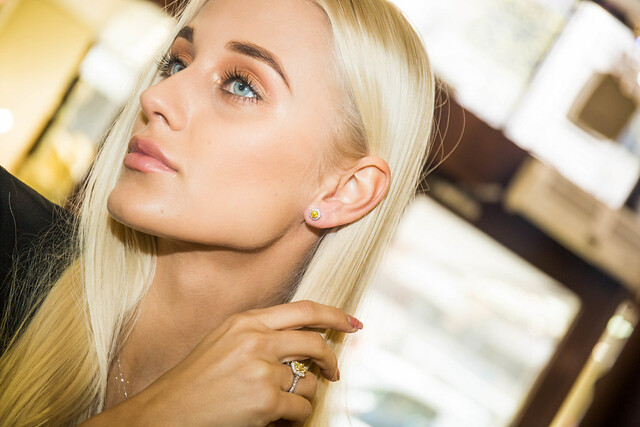
Buying a diamond that is already fitted into a piece of jewellery can make it difficult to see imperfections and inclusion. A loose diamond can be inspected from every angle allowing you to catch imperfections more easily. With these added benefits, finally, a statement can, unfortunately, be an overwhelming experience if you are not equipped with knowledge of essential information.
Ovidia expert jewellers are here from the start to finish to help guide you through the experience.

The most important thing to remember when purchasing a loose diamond is the 4cs:
Carat:
A carat refers to the weight of a diamond. A single carat equals roughly 0.2 g or 200 mg. This is the main thing that is taken into account when the weight of the diamond and determined. More often than not a the higher the carat of the diamond, the more expensive the diamond will be. A diamond is normally set into a weight band when assigning carats, For example, a diamond that weighs 211 mg will be classed as a 2-carat diamond.
It is important to remember that a larger carat weight for a piece of jewellery does not necessarily mean that the diamond will be larger in size. A piece of jewellery containing smaller multiple diamonds can be equal the same carat weight as a piece of jewellery with a larger sized diamond. Things such as the cut and clarity of a diamond can also affect the perceived size of the diamond.
When calculating the price of a diamond per carat you need to divide the cost of every time and with its carat weight. This will allow you to effectively compare diamond prices.
Colour:
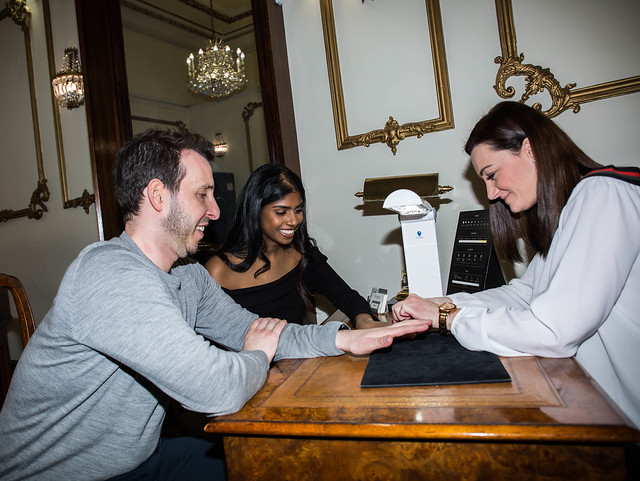 Generally, the less colour that a diamond possesses more valuable it is. A diamond’s colour does not change with time and occurs as a result of its composition. The price of a colourless diamond is more expensive due to them allowing light to travel through them more effectively. This results in a larger sparkle, giving it the eye-catching glare a diamond is known for.
Generally, the less colour that a diamond possesses more valuable it is. A diamond’s colour does not change with time and occurs as a result of its composition. The price of a colourless diamond is more expensive due to them allowing light to travel through them more effectively. This results in a larger sparkle, giving it the eye-catching glare a diamond is known for.
A diamond is graded on the colour scale known as the GIA, which starts as D and ends at Z. Within these grades are the diamond is rated and colourless to light. If your budget does not allow for a colourless diamond, it can be set appropriately within your jewellery it can look more expensive to an untrained eye.
Clarity:
Each diamond has its own characteristics, which means it will have blemishes and inclusions within it. These are created in the formation of a diamond and cannot be removed. A blemish and inclusion of the two major types of floors that can be found in a diamond.
An inclusion is created when there are cracks, bubbles of air or even minerals are found within the diamond. Blemishes tend to occur during the procedure in which the diamond is cut. No diamond will have the same imperfections but a GIA certificate will provide a plot of inclusions or blemishes. Generally the fewer inclusions or blemishes within the diamond, the higher its price.
Cut:
A diamond is cut after making careful calculations regarding the size and depth of a diamond. The cost of the diamonds can help elevate the way it reflects and light refracts within it. This helps to maximise its brilliance.

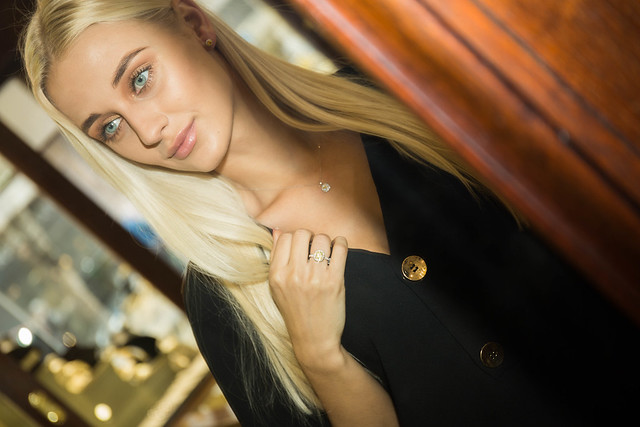
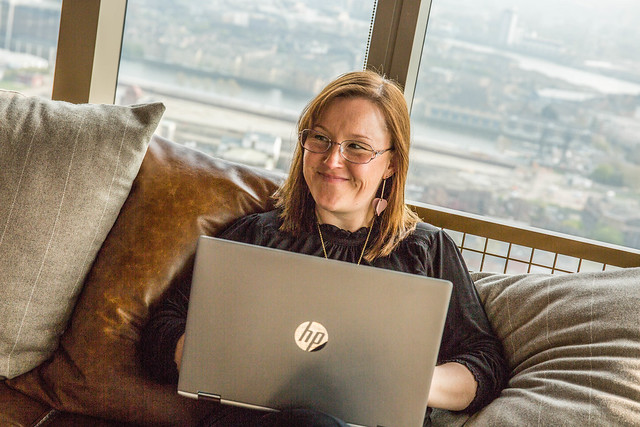
I am a marketer, content creator and digital nomad based in London who loves to travel, write, read, dance, workout and socialise.
